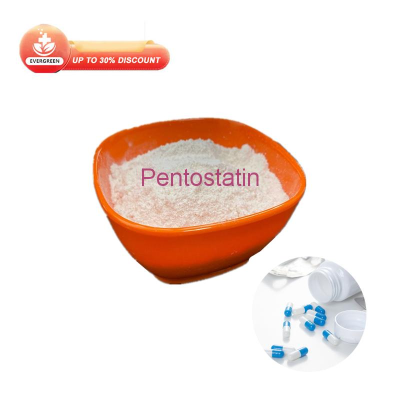-
Categories
-
Pharmaceutical Intermediates
-
Active Pharmaceutical Ingredients
-
Food Additives
- Industrial Coatings
- Agrochemicals
- Dyes and Pigments
- Surfactant
- Flavors and Fragrances
- Chemical Reagents
- Catalyst and Auxiliary
- Natural Products
- Inorganic Chemistry
-
Organic Chemistry
-
Biochemical Engineering
- Analytical Chemistry
- Cosmetic Ingredient
-
Pharmaceutical Intermediates
Promotion
ECHEMI Mall
Wholesale
Weekly Price
Exhibition
News
-
Trade Service
Currently, studies are exploring the effects of DNA-submethylated drugs in combined with other ostogenesis drugs, such as histoprotein deacetylase inhibitors or differentiation inducers such as retinol, to treat myeloma.
We conducted a randomized Phase II trial designed with a 2x2 factor to study the therapeutic effects of histone deacetylase inhibitors valproic acid and full trans-retinal acid (ATRA) on untreated elderly patients with acute myeloid leukemia (AML).
200 patients (middle age, 76 years old; range, 61 to 92 years old) who did not meet the conditions for induced chemotherapy received only dixitabin (20 mg/m2 intravenously, 1st to 5th days) (n-47) or combination therapy with valproic acid (n-57), ATRA (n-46) or acetic acid-ATRA (n-50).
endpoint is objective response, defined as complete remission and partial remission, assessed in un treated elderly patients with acute myeloid leukemia (AML).
secondary endpoints are total lifetime, event-free lifetime, and progress-free lifetime, and security.
results show that the mitigation rate is higher when ATRA is added (ATRA is 21.9%, ATRA is 13.5%, OR is 1.80; 95% CI, 0.86-3.79; one-sided P=.06).
no effect was observed for valproates (17.8% propyleneate v 17.2% propyleneate-free; OR, 1.06; 95% CI, 0.51-2.21; one-sided P - .44).
the total lifetime of using ATRA is 8.2 months v 5.1 months without ATRA (HR, 0.65; 95% CI, 0.48-0.89; two-sided P s .006).
increased survival rates were observed in all at-risk populations, including at-risk patients with cytogenetics, and were associated with longer response times.
sodium valproate was used and no differences in survival were observed.
drug toxicity is mainly blood diseases, there is no correlation between the four arms.
, the results show that the addition of ATA to the groundicidal basis can lead to higher rates of remission and longer lifetimes for patients with these incurable diseases without increasing toxicity.
.







